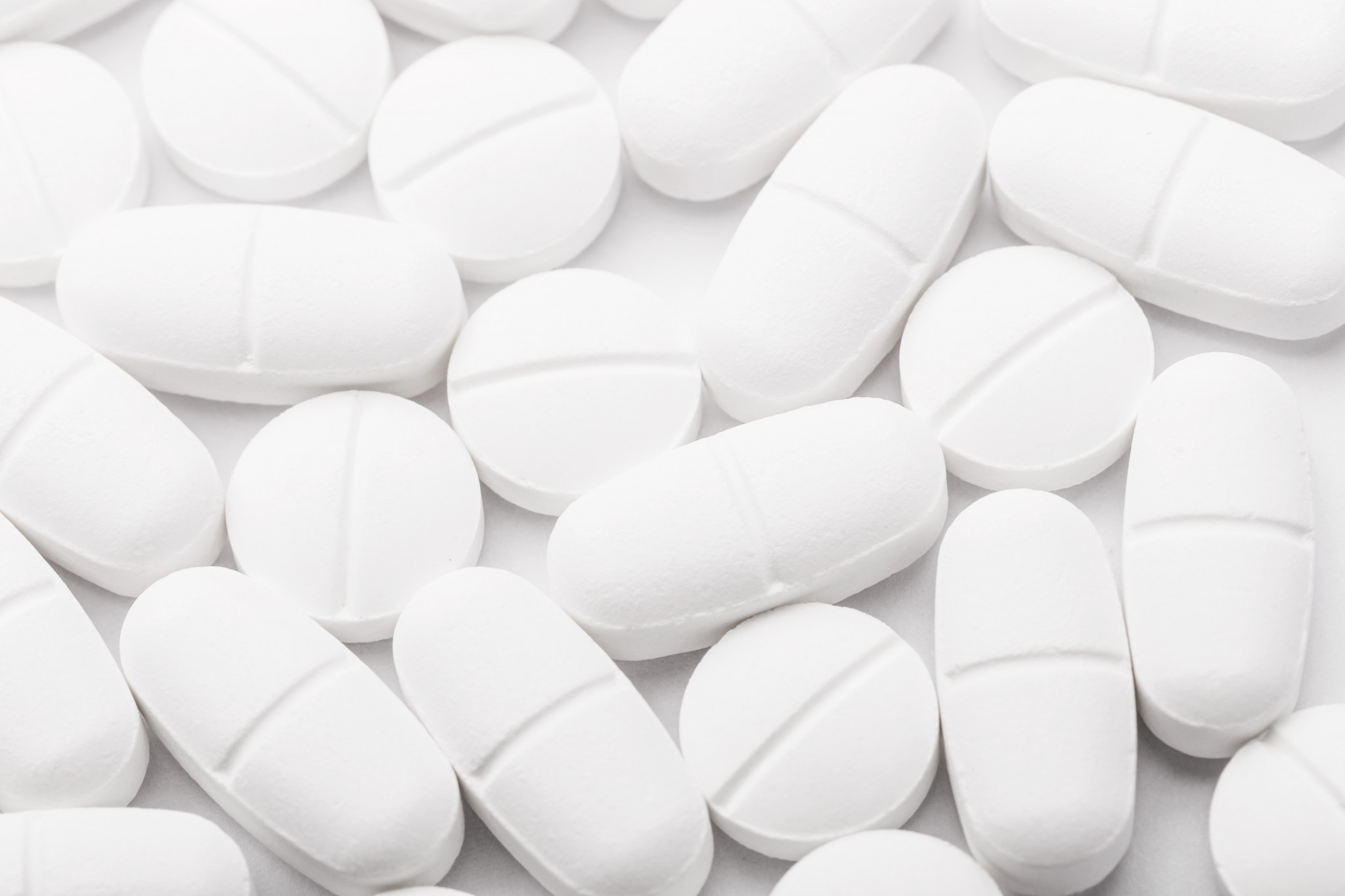
Type 2 diabetes is a condition that creates a spike in blood glucose (sugar) levels. This happens primarily because of insulin resistance or low insulin production in the body. Usually, diabetes is triggered due to inactive life and it is important to follow a healthy and balanced diet to combat this disease.
However, others may need medication as well to keep their sugar levels in control. Here is a list of 5 commonly available diabetes medicines that your doctor might suggest to you.
(Disclaimer: Never take any medicine without a doctor’s consultation. Get a free consultation now by downloading the BeatO app.)
Diabetes Medications
Your doctor would suggest diabetes medicines to you to lower your insulin levels. Medical treatments for type 2 diabetes include the following.
- Metformin (Fortamet, Glumetza, others)

As you might have figured it out, insulin is the hormone that controls the level of glucose in your blood. Because your body produces less insulin, Metformin helps in reducing the amount of glucose your liver releases into your blood. Metformin improves your body's sensitivity to insulin which enables your body to use insulin effectively.
Possible Mild to Extreme Side Effects
- Abdominal pain
- Bloating
- Diarrhea
- Nausea
2. DPP-4 Inhibitors
Also known as gliptins, DPP-4 inhibitors are a group of diabetes medicines that include sitagliptin, saxagliptin, linagliptin, and alogliptin. These agents decrease the breakdown of the incretin hormones in your body such as glucagon-like peptide 1 (GLP-1).
Possible Mild to Extreme Side Effects
- Risk of pancreatitis
- Joint pain
3. Insulin Therapy

Many diabetics need insulin therapy to keep blood sugar levels in control. A few years ago, insulin was considered the last option for the treatment of this condition, however now, doctors have started prescribing it at the initial stages as well. Insulins are divided into three categories:
- Fast-acting
- Intermediate-acting
- Long-acting insulin
Possible Mild to Extreme Side Effects
- risk of low blood sugar (hypoglycemia)
- diabetic ketoacidosis
- high triglycerides
4. Sulfonylureas
Sulfonylureas are a group of medicines that help your body to secrete more insulin. This can be taken alone or with other medicines as well such as metformin.
Some of the commonly used sulfonylureas are:
- DiaBeta, Glynase, or Micronase (glyburide or glibenclamide)
- Amaryl (glimepiride)
- Diabinese (chlorpropamide)
- Glucotrol (glipizide)
- Tolinase (tolazamide)
- Tolbutamide
Possible Mild to Extreme Side Effects
Low blood sugar
Weight gain
5. SGLT2 Inhibitors
Sodium-glucose transport protein 2 (SGLT2) inhibitors are a group of diabetes medicines that are also known as gliflozins. This helps the ‘blood-filtering functions in your kidneys by restricting the return of glucose to the bloodstream.
Possible Mild to Extreme Side Effects
- urinary tract infections (UTIs)
- yeast infections
- diabetic ketoacidosis, which causes your blood to become acidic
- hypoglycemia, or low blood sugar
- hypotension, or low blood pressure
Conclusion
While taking diabetes medications, you should regularly monitor your blood sugar levels. If you see a significant spike or decrease in your blood sugar levels, then follow your doctor’s advice. Keep a glucometer handy to check your blood sugar levels on your phone easily. The BeatO app provides not only a real-time glucose reading but free follow-up from health coaches who are experts in answering your diabetes queries.





























